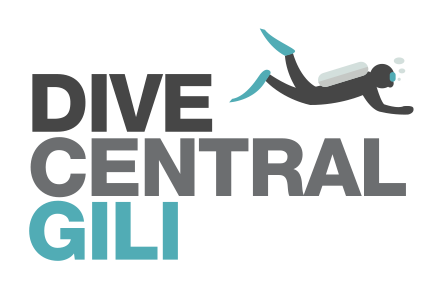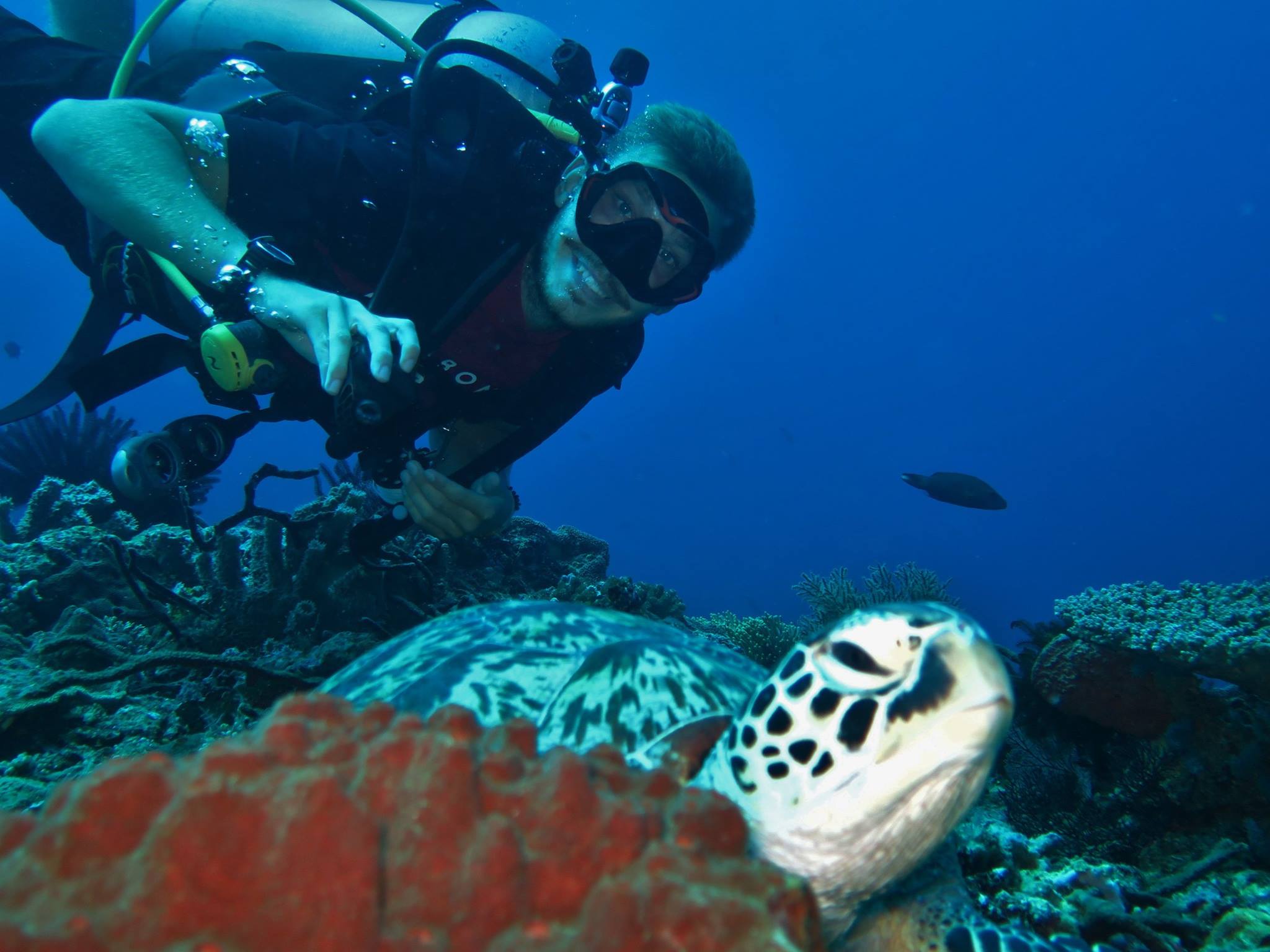Animal of the month - The turtle
Ok, so most of you my not think that these guys are that cool, we disagree!
The turtle is one of the most commonly seen marine creatures around the Gili islands, something that we at Dive Central Gili are extremely proud of. Alright, alright, if you are coming from somewhere like the Red Sea, you may have seen enough of these green dudes. However, if you're coming from somewhere like Koh Toa on the other hand, you are not going to believe your luck!
Turtles have been cruising our seas for well over 200 million years.....200 million years?! That's dinosaur era! It is true that the turtle may even have been on the earth BEFORE the dinosaurs! Cool eh?! They are gentle beings that can live for up to 100 years or more! They are a reptile, and are cold blooded. Their shell, called a carapace, acts like a shield, protecting them against predators and many turtles can bury their head inside to hide!
Females reach reproductive age after 35-40 years, and even though they usually lay 100s of eggs each season, only a small fraction of these teeny hatchlings will go on to become grown ups. Sadly the odds for these magnificent, ancient creatures are not great, and there are a lot of reasons why. Making it even more of a treat for us to see these guys in their natural habitat.
Unfortunately, in previous years, local fishermen in Indonesia were using dynamite and cyanide as fishing techniques. The affects being disastrous to the surrounding coral reefs of the Gili islands. Also, after the intense el Nino between 1997 and 1998 the coral reefs were left in an even more dire state, causing numbers of green sea turtles to drop even more.
Gili Trawangan is no longer the chilled out oasis it used to be. Yes, there are still beautiful beaches where you can switch off and zone out however most of the beach has been developed for beach bars and resorts. This has meant a loss of nesting areas for the sea turtles to lay their eggs.
Now a popular tourist island, Gili T sadly does have a rubbish problem. Being an idyllic tropical island, it is difficult to keep up with the disposal of constant rubbish left over from the 1000s of tourists that come for a holiday each and every year. A lot of this rubbish ends up in the ocean and affect the habitat of our glorious sea turtle.
These are ongoing problems, however with the help of our local NGO the Gili Eco Trust we are slowly saving the turtle and their habitat and seeing more and more of them on dives each and every day.
They entered into an agreement with fishermen to define fishing areas and lawful fishing practices. Fishermen were indeed fishing with dynamite and cyanide. This destructive method was one of the main causes of coral degradation.
The Gili Eco Trust was founded in 2000 by the dive shops on the Gili islands to financially support the SATGAS. An eco-tax of 50,000IDR (€4, US$5) is demanded from every diver to financially compensate fishermen who respect the agreement's terms.
In 2004 Delphine Robbe, part-time coordinator of Gili Eco Trust, imported the Biorock technology in Gili islands to launch a Coral Reefs Restoration Program. Since then 63 Biorock structures have been installed all around the Gili islands to regenerate their reefs. These structures aid coral growth and in turn improve the nderwater habitat for all marine creatures, including our beloved turtles. For more information on Biorocks, can check out our Biorock blog!
With the help of the local people on the island and also some government funding, we have our very own Turtle sanctuary. This is seeing a great success rate in saving many green sea turtles, something that snorkelers and divers alike come to Gili Trawangan especially to see. Eggs are collected by local people and, instead of being sold at the market, they are bought by the sanctuary and placed in secure incubators until they hatch. Once hatched, the turtles are kept in holding tanks until they are big enough and strong enough to be released into the ocean. Donations are welcome as they help to buy medicines and food for the baby turtles until they can be released.
On top of their eggs being sold to markets, if left to hatch on their own, most turtles face a long journey to find the ocean after hatching. Many get snapped up by birds and other predators whilst they are wiggling through the sand towards the water. If they make it that far, they can still be targeted and many sadly don't make it past their first birthday.
So when you see these guys, please appreciate everything they have been through! Please don't touch the turtles, but do take plenty of pictures! Most of them love the limelight and will pose for you too!
Best snorkeling spot for turtles: The reef straight off of the beach outside Goodheart resort.
Best diving spot for turtles: You'd be unlucky not to see a turtle at any of our sites! But, my favorite is shallow shark point or Turtle Heaven.




